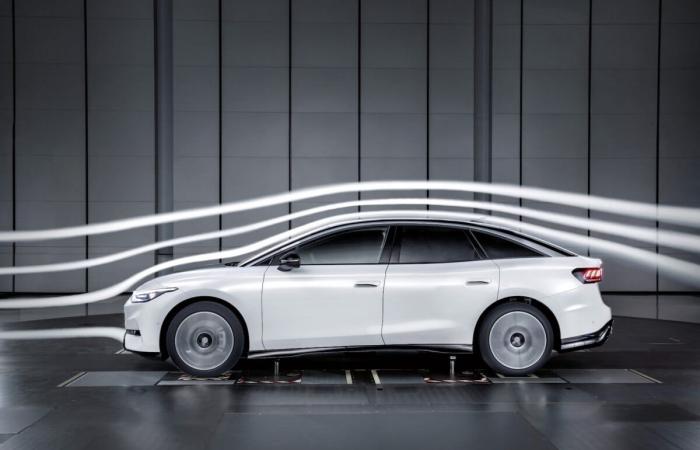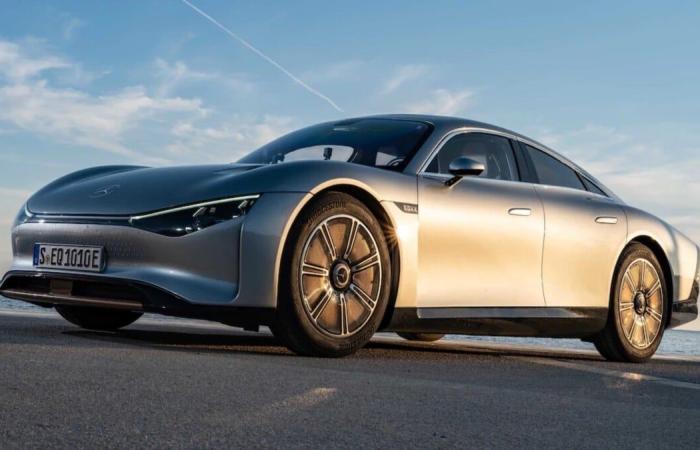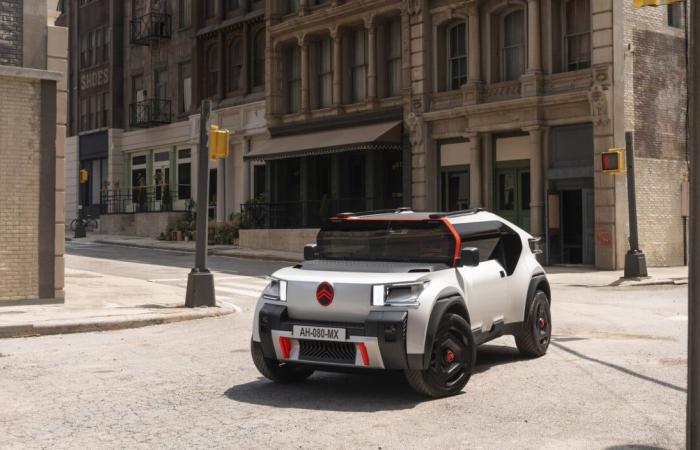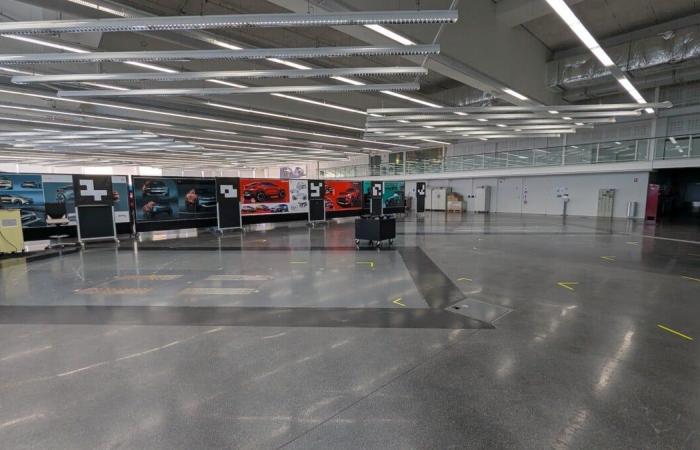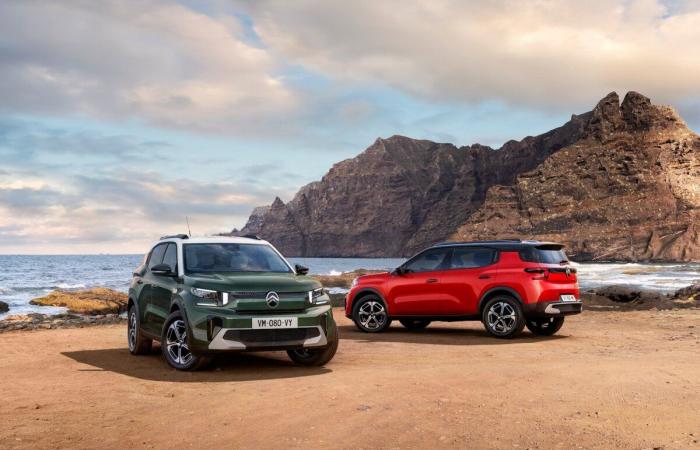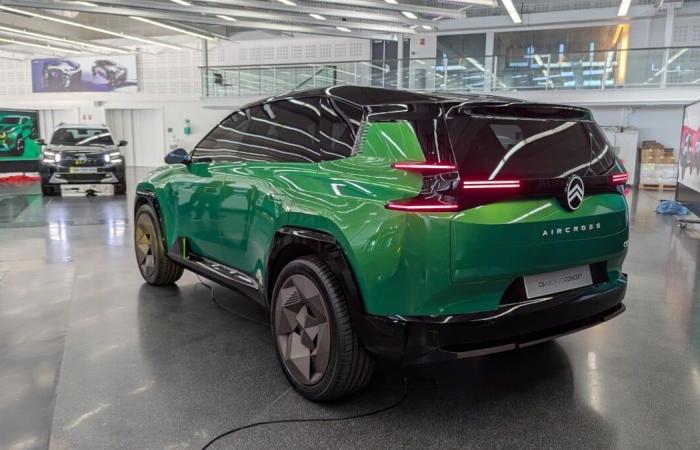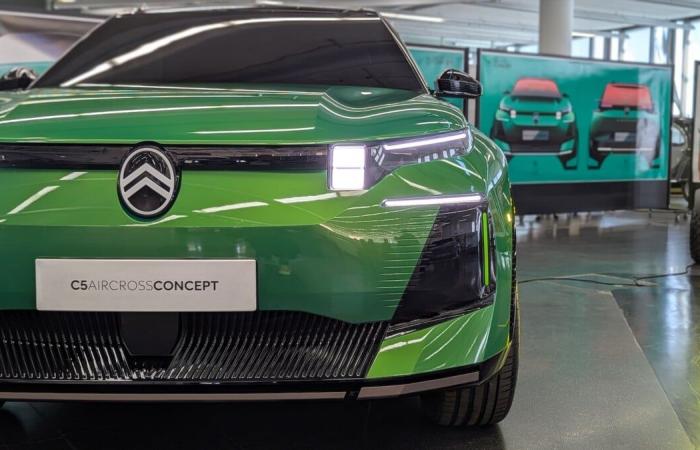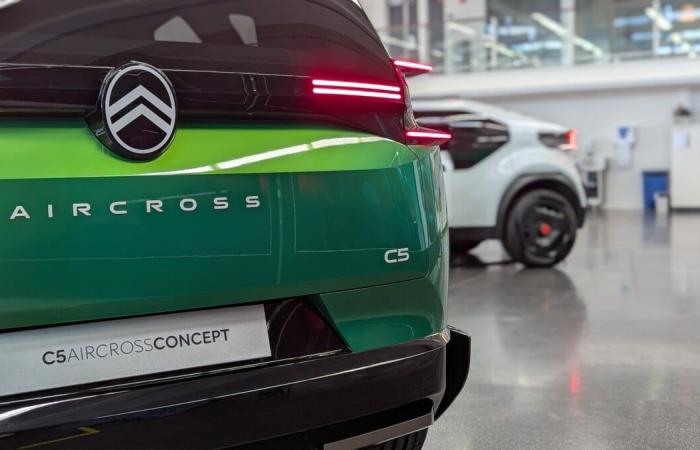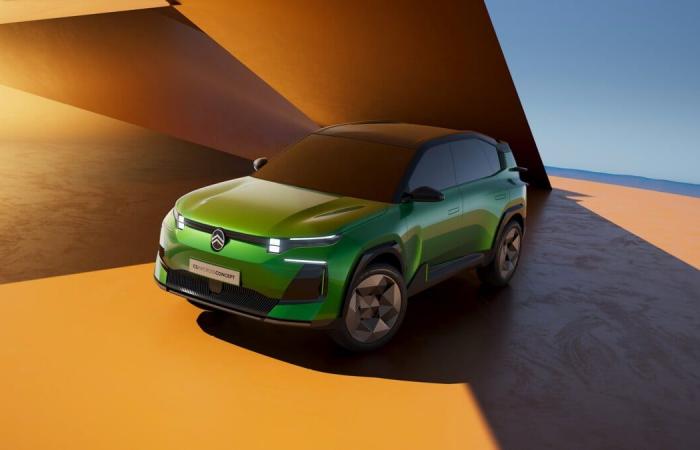Aerodynamics plays a vital role in increasing the range of an electric car, but how do you design a body that cuts through the air? We went to the Citroën design center to interview experts on the subject.
To increase the range of an electric car (a sensitive subject if ever there was one), there are two solutions: increase the size of the battery or reduce consumption. The first does not only have advantages: a large battery is heavy, it is expensive, and it requires an unreasonable quantity of materials to extract and refine.
In short, it is more reasonable to work on the consumption of our electric cars. One of the biggest levers concerns the aerodynamics of the bodywork. But concretely, how do designers manage to offer cars that are both beautiful and frugal? Head to the Citroën design center, based in Vélizy (78), to discuss with experts on the subject.
A reminder of the basics
Before we get to the heart of the matter, let’s start from the beginning. Aerodynamics refers to the study of air flows, a branch of fluid mechanics; in the case of automobiles, it involves analyzing how the air behaves around a moving body.
To quantify the performance of the latter, we use the drag coefficient (the famous Cx), which indicates the resistance of a shape to a headwind. It oscillates between 0.05, for the most aerodynamic shape, and 1.4. For a car, the Cd is considered excellent if it falls below 0.20 (the most aerodynamic car, the Mercedes-Benz EQXX, even has a Cd of 0.17 – but this is only a concept ).
To go further
The secrets of aerodynamics: why Cx is so crucial for electric cars
Another coefficient can also be used: the SCx. It is, quite simply, the Cx multiplied by the frontal surface area of a car in m². A coefficient that is not very favorable to SUVs, penalized by their significant height.

Let’s finish by specifying that the Cx includes different types of aerodynamic drag:
- Form drag : the air which comes into frontal contact with a shape;
- Surface drag : the friction of the air against the bodywork – and who says friction says resistance;
- Turbulence trail : the eddies which are created in particular at the rear of the car, creating a form of rolling resistance;
- Internal drag : the resistance linked to the air which circulates in the car, for needs linked to the cooling of the engine, the battery or the passenger compartment.
Obviously, the more aerodynamic a car is, the less resistance the air will offer to its movement, lowering the demand on the engines to accelerate or maintain a given speed. This means less consumption and more autonomy.
Citroën: a new way of approaching design
The foundations are laid. You will have understood: aerodynamics is a complex concept, which integrates a lot of parameters. How do designers manage to design electric cars that manage to combine this need for sobriety, respect for (draconian) safety standards, decent habitability, budgetary constraints and a style respecting the charters of each brand?

Citroën is in the midst of a stylistic transformation. Led by Pierre Leclercq (the former style director of Kia), the design team wants to give a new identity to the brand’s cars. Objective assumed: “a non-dynamic design, which moves away from automotive canons to approach a ‘product’ approach”recalls Pierre Leclercq. In other words: simple surfaces, vertical fronts, sharp details, in short, contrast.
In addition to the design language itself, the way cars are created is also evolving. Pierre Leclercq is therefore proud to announce that Citroën is the first brand of the Stellantis group (to which, for example, Peugeot, DS, Fiat or Jeep belong) to do without styling models in synthetic clay (what we call clay ) to focus on computer-aided design (CAD) and virtual reality.

However, there is no question of abandoning the physical models to test their aerodynamic performance in the wind tunnel. Kate Mouilleron, Design Project Manager of the future C5 Aircross, assures us: “if digital technology helps to anticipate choices, the transition to physics and the wind tunnel remains necessary to validate them”.
To the heart of the matter
ë-C3, ë-C3 Aircross: costs above all
The first production cars to benefit from this new approach are the small ë-C3 and its family derivative, the ë-C3 Aircross. Next step: second half of 2025, with the presentation of the C5 Aircross, a family SUV. It is therefore time to discuss with those responsible about the aerodynamic biases of their babies.

Let’s quickly move on to the C3 & C3 Aircross. It must be said, the aerodynamics of the C3 are frankly nothing exceptional, with a Cd of 0.32 (a Tesla Model Y is 0.23!).
One of the main reasons: on these two projects, every cent of the euro was weighed to display great prices (from 23,300 euros for the electric C3 and 27,400 euros for the electric C3 Aircross, all excluding ecological bonus ), therefore requiring constraints in terms of technical choices.
For example, the bumper is strictly identical between the electric and thermal versions, despite a much lower cooling requirement on the electric one. Closing it partially (what we call “sealing” in technical jargon) would have made it possible to limit internal and shape drag, but a penny is a penny.

However, Boris Reinmöller, the Design Project Manager of the two models, takes us around the car to show us the few aerodynamic advantages of the C3. At the rear, a spoiler extending from the roof and sharp edges on the sides are there to carry the air as far away from the car as possible and thus reduce the turbulence drag that we talked about above.
At the front, a hole at each end of the bumper allows air to be channeled to the sides – what is called an “air curtain”. A trick refused at the C3 Aircross: “we did tests, we concluded that they were not useful”simply explains Boris Reinmöller.
A host of tips on the ë-C5 Aircross
On the other hand, the C5 Aircross Concept sat next to it. This concept, presented at the Paris Motor Show last October, prefigures the production C5 Aircross – in this regard, Kate Mouilleron and Pierre Leclercq prefer the term “teaser”. The reason is simple: the C5 Aircross which will arrive on our streets will be “95% identical to this model”.

Enough to give yourself a nice overview of the aerodynamic work of the production car. Much more work than for its little sisters: the C5 Aircross will cost more than the C3, giving more latitude to technical choices, while its STLA Medium platform, much more modern (and shared with the Peugeot 3008, 5008 and Opel Grandand), allows engineers, aerodynamicists and designers to go further than with the C3 low-cost Smart Car platform.
A greater latitude which is seen at the front, where K. Mouilleron tells us that the shields of the hybrid and thermal versions will have an additional air intake, absent on the model (and the standard electric version). A good point, even if active aerodynamics, via motorized shutters in the lower air intake, was refused for cost reasons.

The rear is also very interesting. The aerodynamicists were clear: for optimal Cx, the car had to be wide at the base and narrow at the top. To which the designers responded: it’s ugly. The latter, however, scratched their heads and created these “Light Wings”, these taillights protruding from the bodywork.
Double advantage: from a design point of view, they visually widen the upper part of the car; from an aero point of view, they channel air. And they arrive in series, even if Pierre Leclercq confides to us: “I didn’t think it would pass so easily. We worked with UTAC (body in charge of approval, Editor’s note)and we found a solution ». They should be a little thicker, but still there.

The roof is also interesting. In terms of rear passengers, it is very high, visually guaranteeing good habitability, before going down to the trunk. Here too, the curvature has been carefully dimensioned, enough to limit the size of the spoiler – even if Kate Mouilleron slips us: “on the production version, the rear window will be a little more inclined, enough to enlarge the spoiler”.
The idea remains to take the air as far as possible, and too bad for the few liters lost in the trunk volume. An idea that we find on the rocker panels, with elements extending the sides – the Renault Scénic E-Tech also uses this artifice, in a much more visible treatment.

Concerning the sides, the wing flares certainly serve to visually position the car well, but are also useful for this story of width at the base of the car requested by aerodynamicists. Like the C3 Aircross, noair curtaineven if the concept is equipped with it. Oh, and we will also have to forget the flush handles, considered too expensive; you will have to make do with the handles of the 3008.
C5 Aircross production: still few technical details
In short, the bodywork seems to receive a whole aero armada, certainly not necessarily very technological, but a priori effective in achieving, according to Pierre Leclercq, “best aerodynamics in its class”.
The fact remains that Citroën remains much more discreet about the technical characteristics of the standard C5 Aircross. As it is based on the STLA Medium platform, it should at least receive a 73 kWh battery, offering 527 km of WLTP range on the electric 3008. Will the 98 kWh battery, capable of reaching 700 km of autonomy, be chosen for a brand occupying the entry level of the Stellantis galaxy? Less secure.

The interior also remains very secret, even if this C5 Aircross Concept reveals the beginning of a vertical screen in the center of the dashboard. Let’s see what happens in series. One thing is certain: the color of the concept, called Lime Lightwill not see the light of day. Too expensive, too complicated to industrialize.
This C5 Aircross will therefore arrive in the very complicated segment of family electric SUVs, dominated in Europe by the Tesla Model Y, without forgetting the armada of competitors: Ford Explorer, Volkswagen ID.4, Renault Scénic E-Tech, without forgetting the Peugeot 3008/5008, Opel Grandland and even the Leapmotor C10, which will be sold in the same dealerships.


